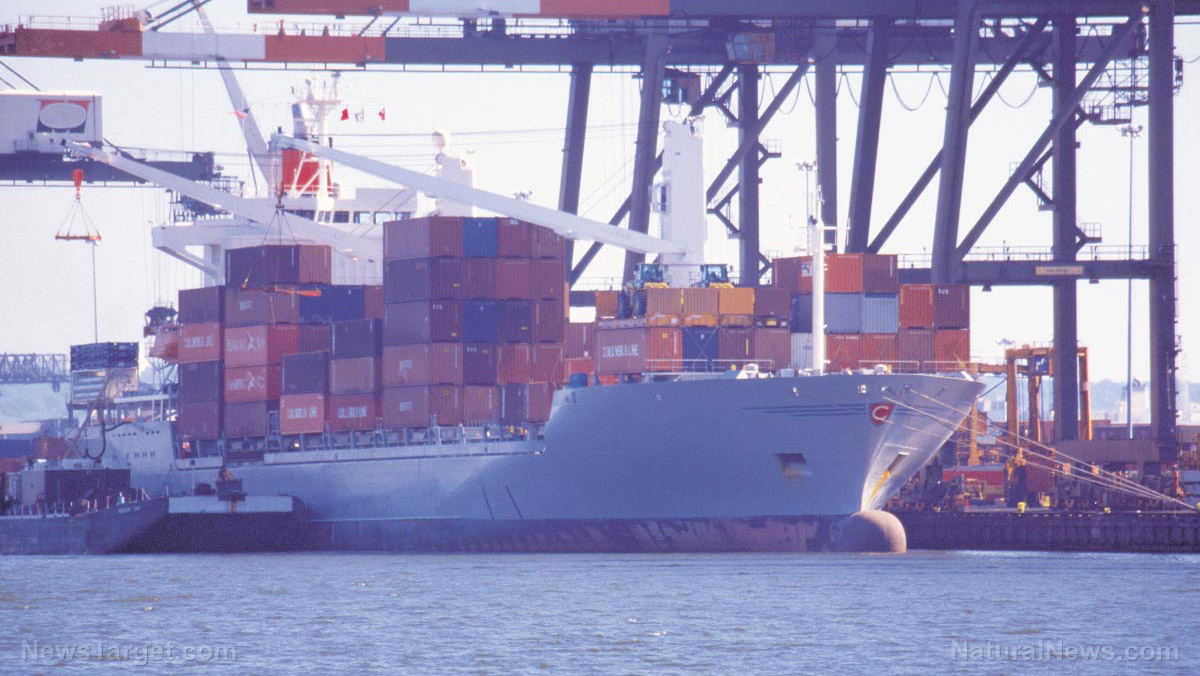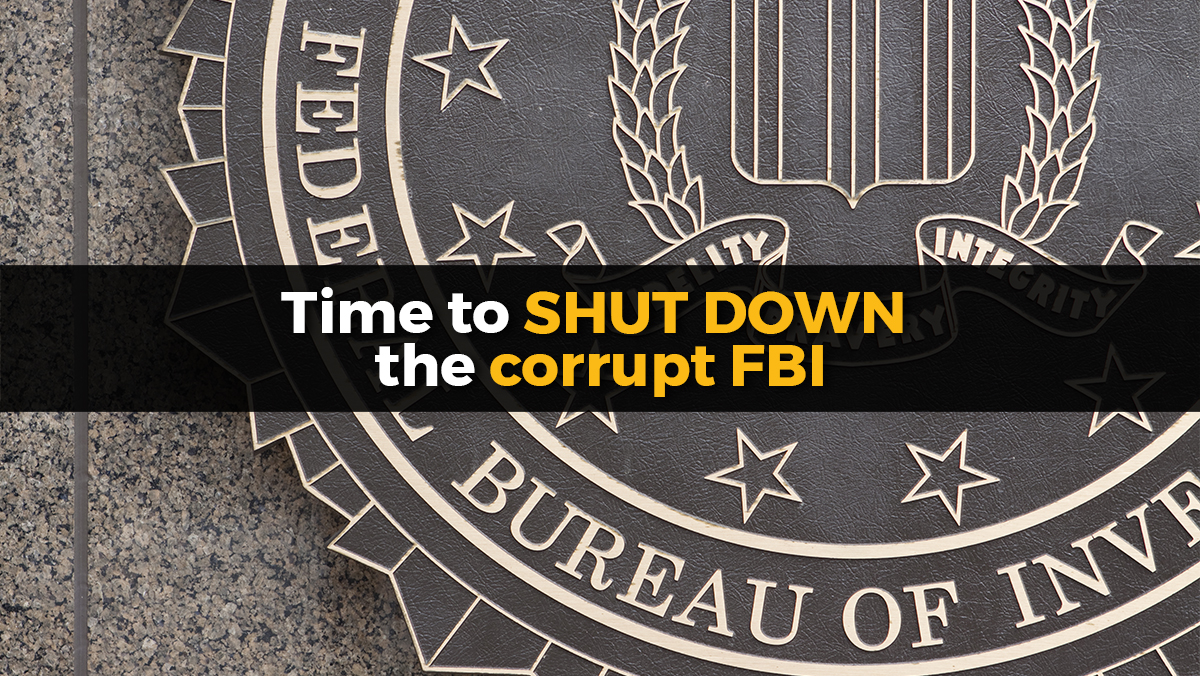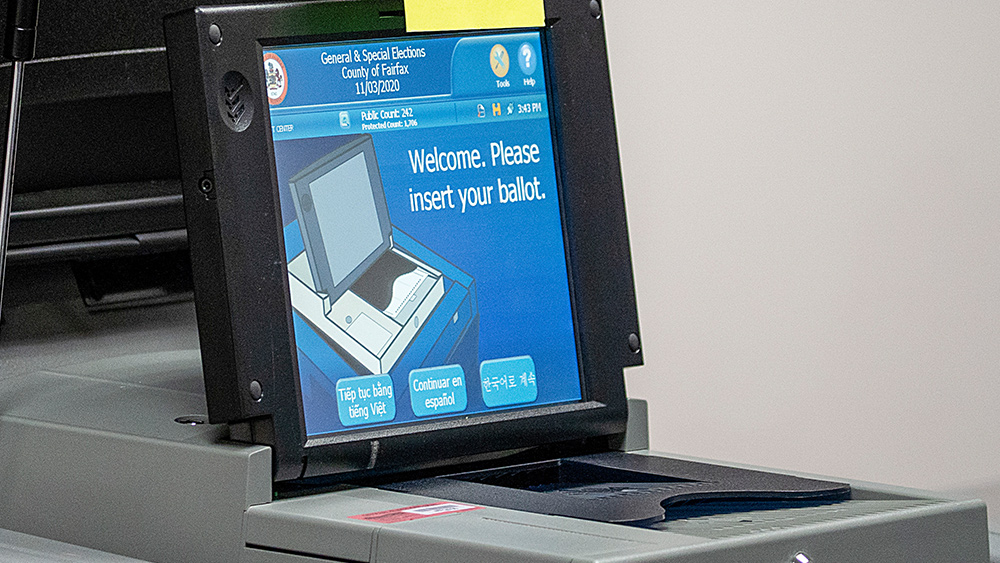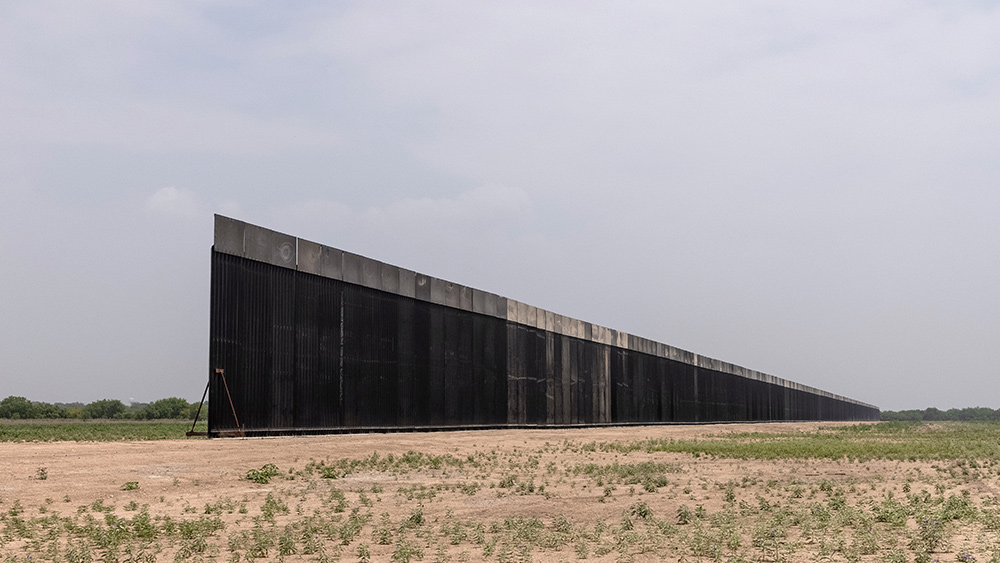Walmart, UPS and FedEx commit to working more shifts to deal with global supply disruptions… but will it matter?
10/18/2021 / By Mary Villareal

The White House announced Wednesday, Oct. 13, that Walmart, UPS and FedEx are moving to work more shifts to deal with global supply disruptions that have contributed to a surge in inflation. The announcement was made ahead of President Joe Biden’s meeting with the heads of those companies to address the supply chain bottlenecks before the Christmas season.
Lower-than-expected Christmas sales could hurt U.S. companies and consequently pose a political risk for Biden.
A fact sheet released by the Biden administration notes that Walmart will “increase its use of night-time hours,” projecting that the company could increase throughput by as much as 50 percent in the next several weeks.
UPS says it will use its 24/7 operations “and enhanced data sharing with the ports” around the country to move more containers out of ports. FedEx says it will work to combine an increase in nighttime hours with changes to the trucking and rail use to increase the volume of containers it can move from ports.
In 2020, UPS and FedEx combined to ship approximately 40 percent of U.S. packages by volume. A White House official told news outlets on Wednesday that FedEx, UPS and Walmart will move toward a 24/7 working schedule.
With that schedule, over 3,500 additional containers can be moved per week at night through the end of the year. “Those boxes contain toys, appliances, bicycles and furniture that Americans purchased online or at their local small business, and pieces and parts that are sent to U.S. factories for our workers to assemble into products,” the White House fact sheet states.
The Port of Los Angeles will also move to 24/7 service while the International Longshore and Warehouse Union has also made a commitment to undergo 24/7 staffing, meaning that it will double the “hours that cargo will be able to move out of its docks and onto highways.” The Port of Long Beach began similar non-stop operations several weeks ago.
COVID-19 pandemic drives ongoing supply crisis
The ongoing supply crisis is largely driven by the Wuhan coronavirus (COVID-19) pandemic as sales of goods increased amidst worker shortages and transportation hub slowdowns.
Thousands of shipping containers are on cargo ships offshore, waiting to be offloaded at the ports. Similarly, backlogs exist at ports in New York and Savannah, Georgia. The shortage of warehouse truck drivers who can pick up goods is yet another reason for bottlenecks. (Related: Surge in shipping costs, bottlenecks at ports threaten global economic recovery.)
The president says in a speech that the U.S. will “never again” be unable to make critical products due to lack of supplies and materials. “Never again should we have to rely too heavily on one company or one country or one person in the world, particularly when countries don’t share our values when it comes to labor and environmental standards,” he says.
Logistical backups at shipping ports due to worker shortages and COVID-19 outbreaks have doubled the time for products to make their way from Asia into the United States. The delays, which had been going on for months, have sent retailers scrambling to address the bottlenecks, in some cases going so far as chartering their own private cargo vessels to get around problems before the holiday season.
However, according to top administration officials, consumers could still see higher prices and product shortages through the rest of the year as the market works through the supply chain and worker shortage crises.
The White House, which announced in June that it will establish a task force to address supply chain challenges in key sectors, says that it will focus on “homebuilding and construction, semiconductors, transportation, agriculture and food,” and will be led by the secretaries of commerce, agriculture and transportation.
Get more updates about the economic crisis on Bubble.news.
Sources include:
Submit a correction >>
Tagged Under:
bubble, Collapse, container shipping, covid-19, freight company, inflation, pandemic, products, shipping bottlenecks, shipping costs, supply chain, supply chain crisis, supply disruptions, US economy, White House
This article may contain statements that reflect the opinion of the author
RECENT NEWS & ARTICLES
COPYRIGHT © 2017 NATIONAL SECURITY NEWS






















